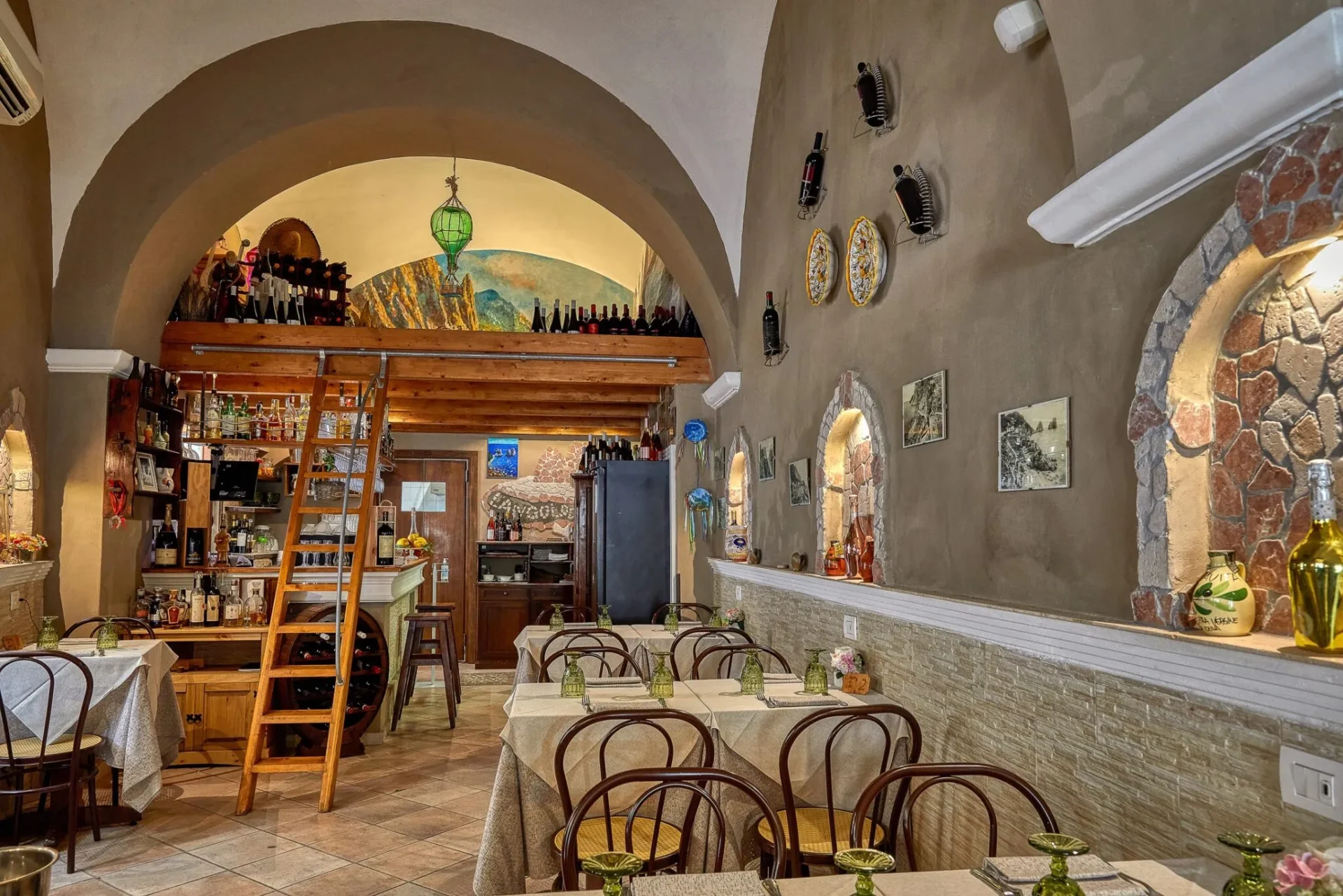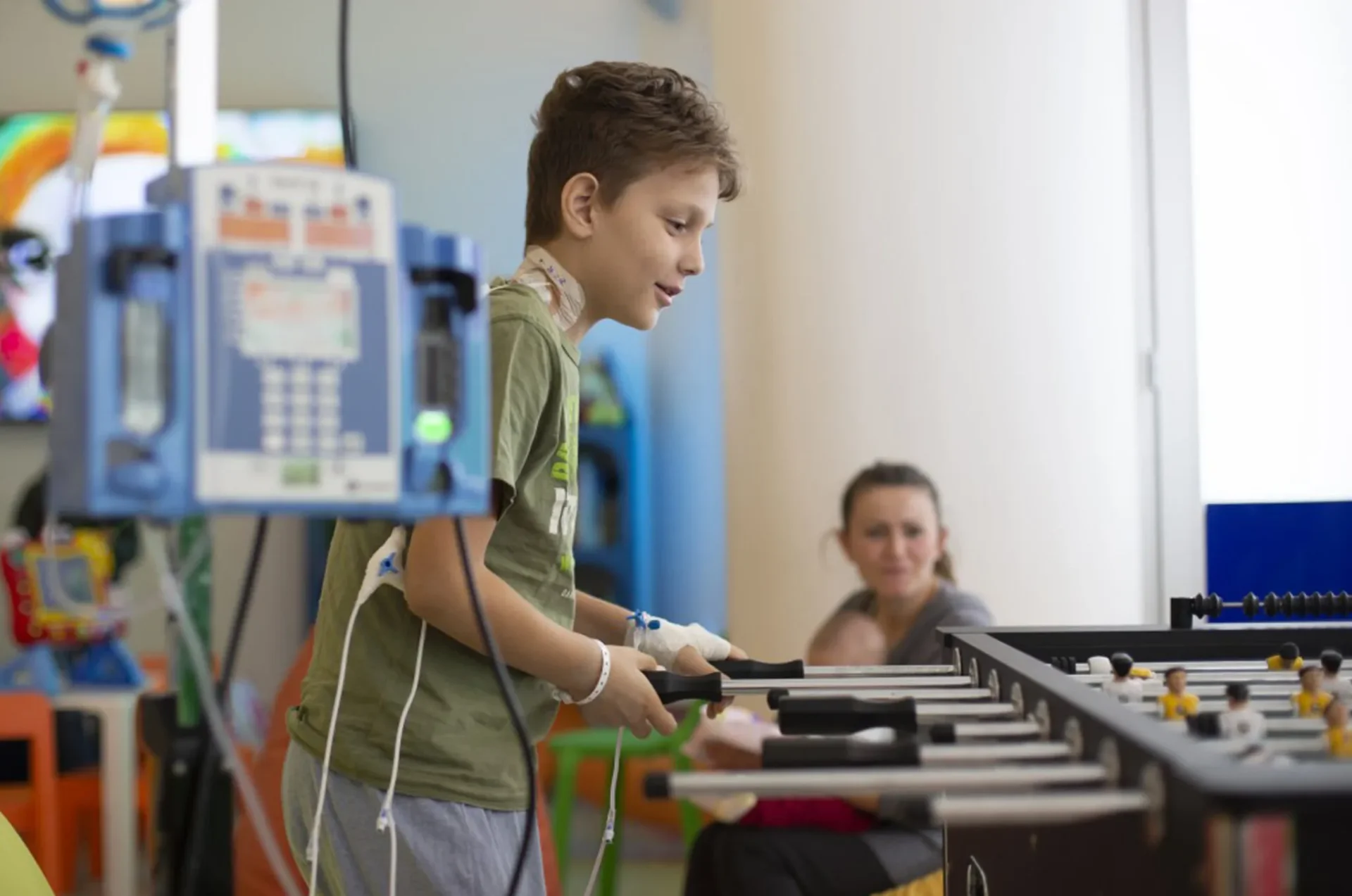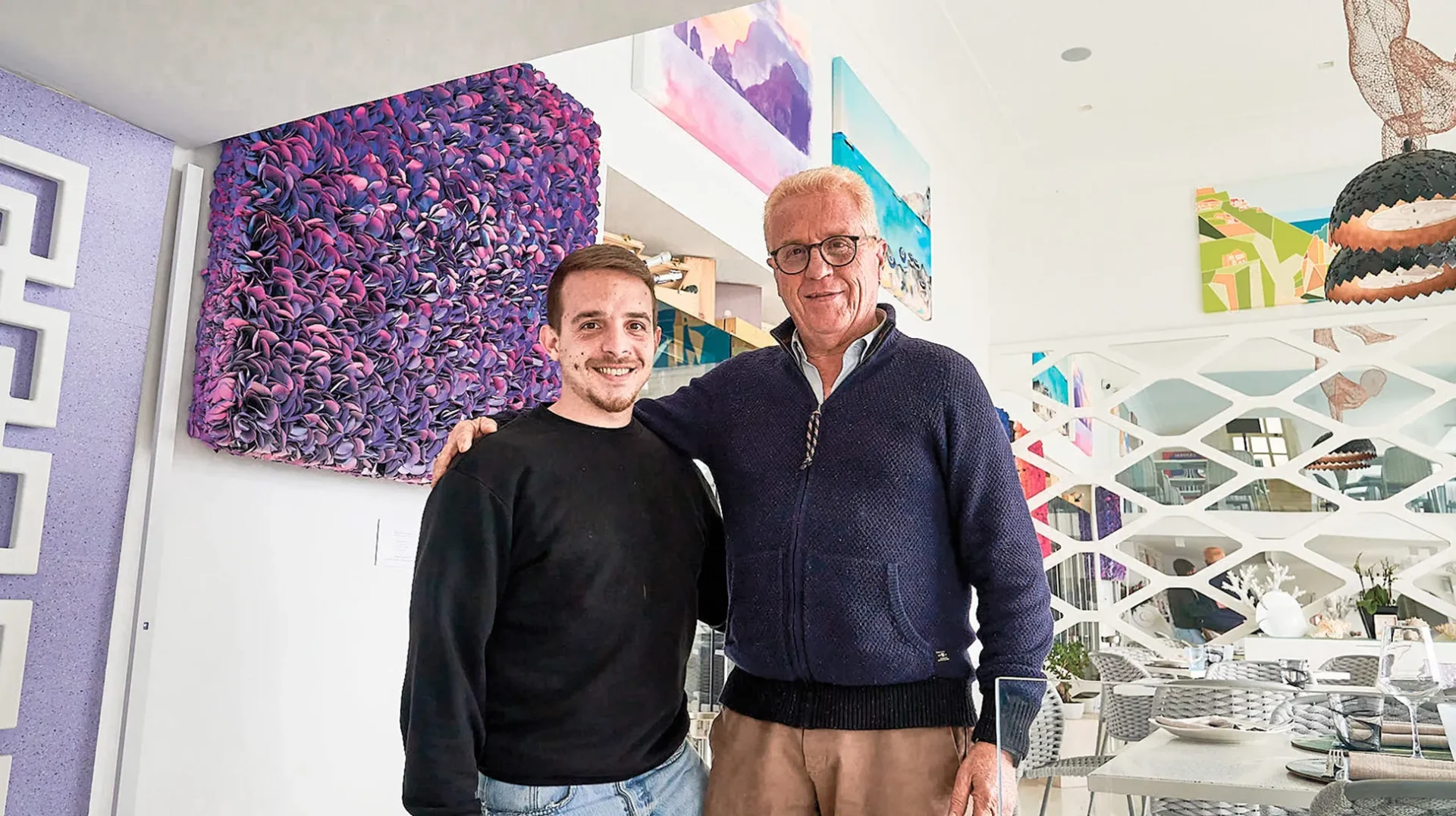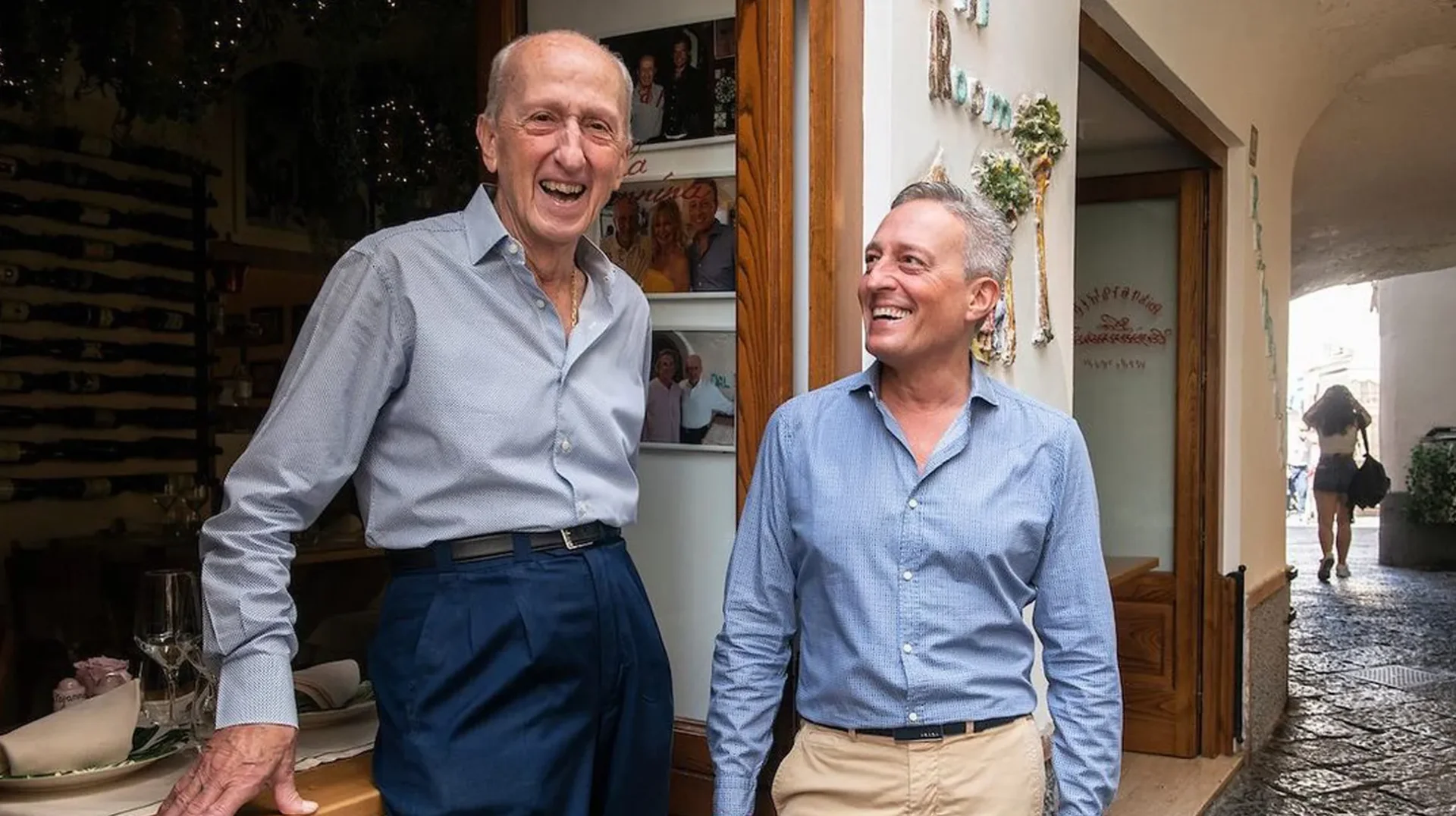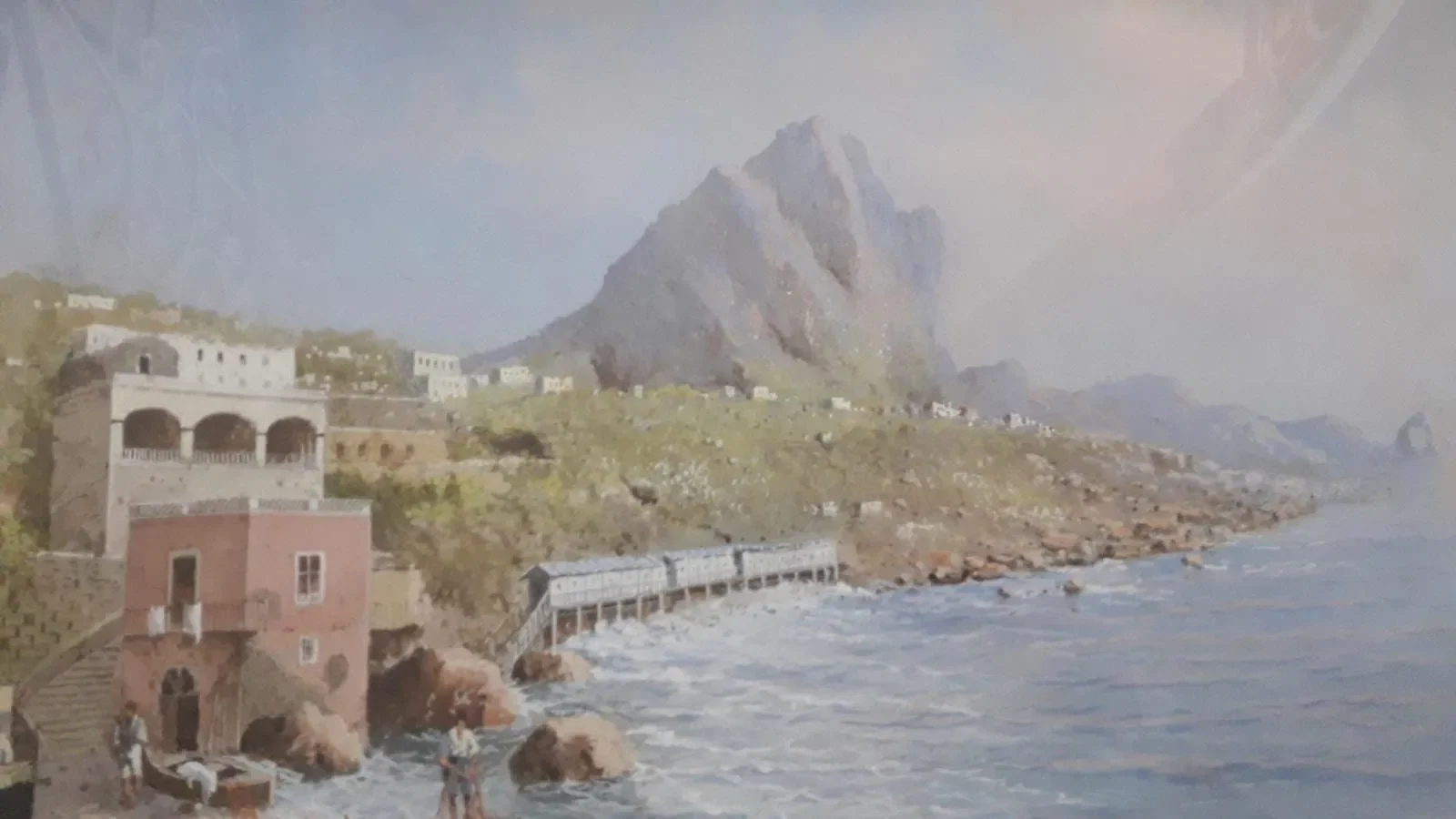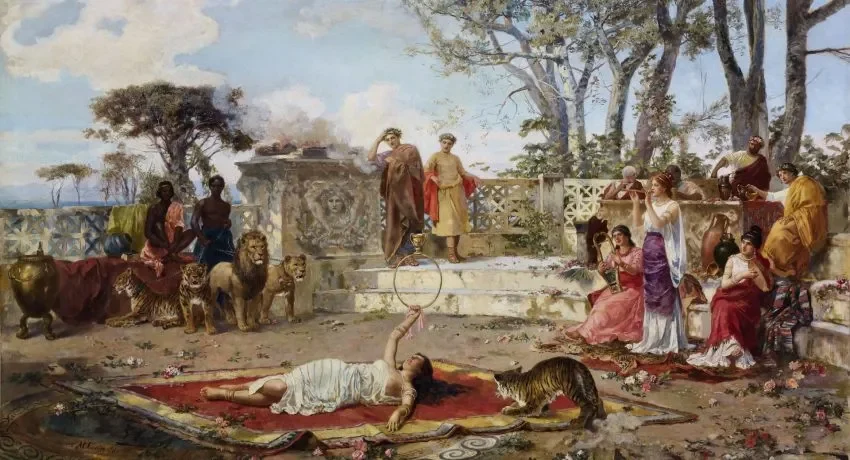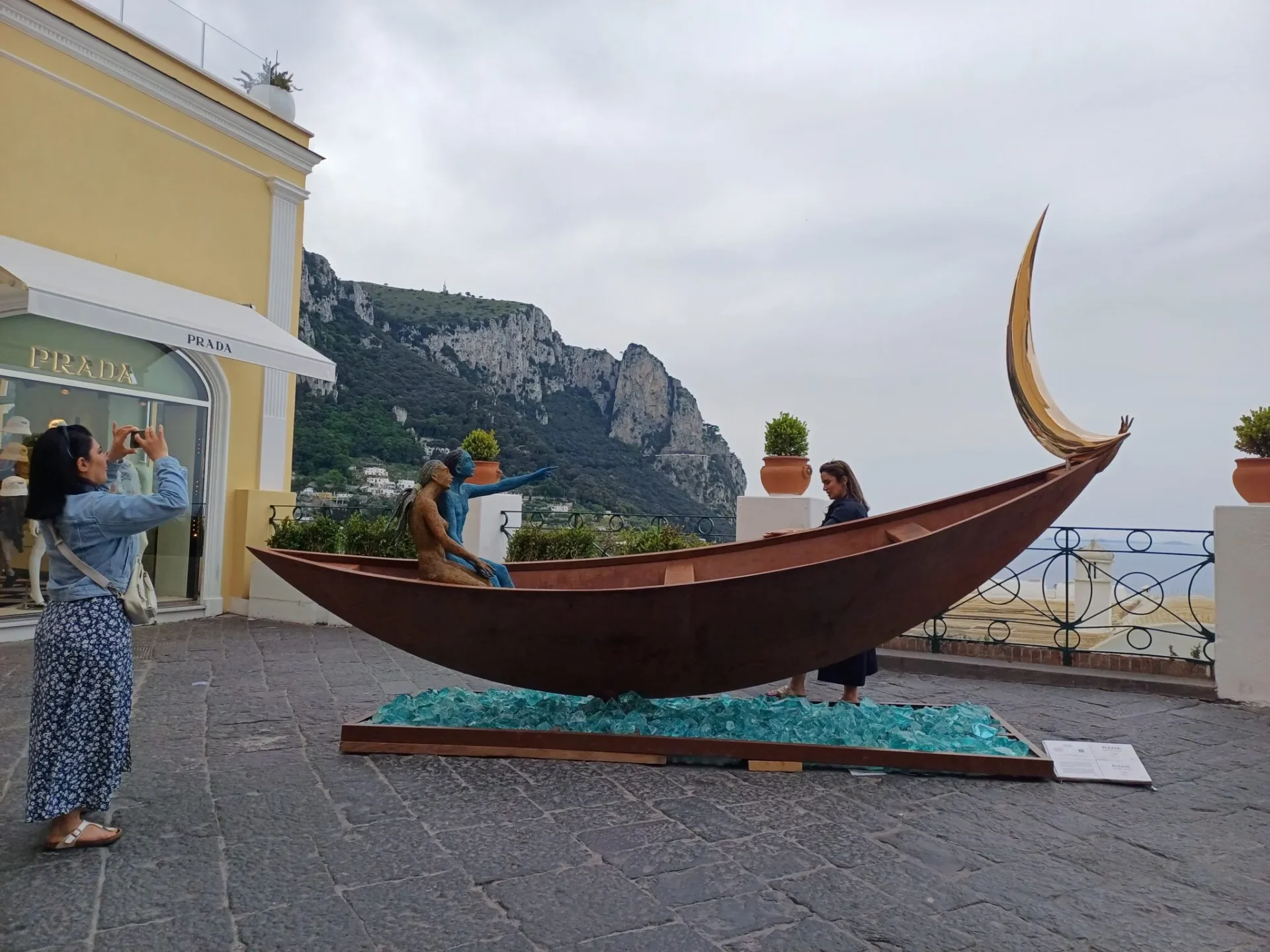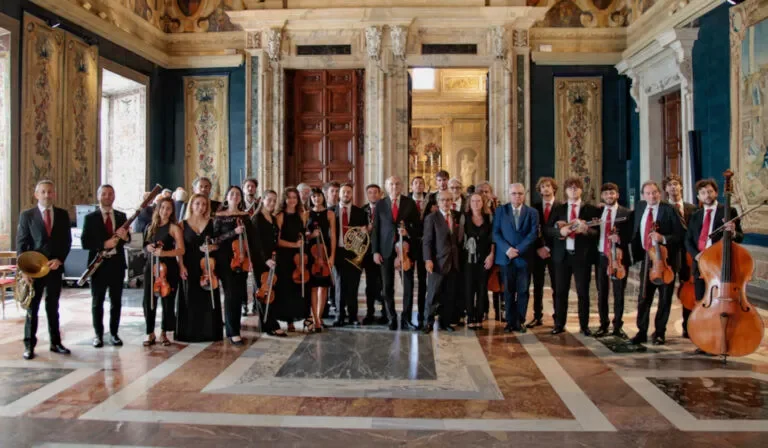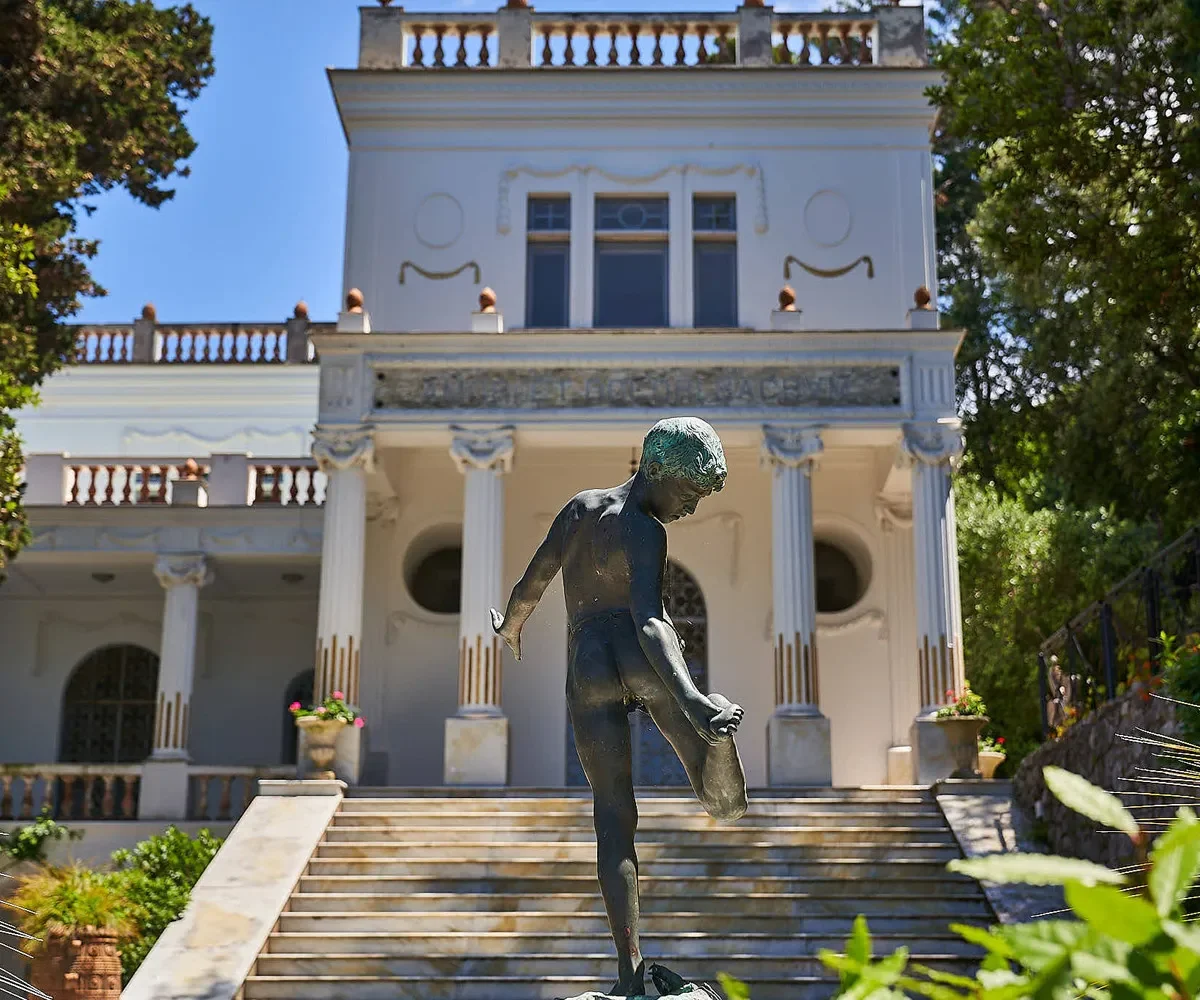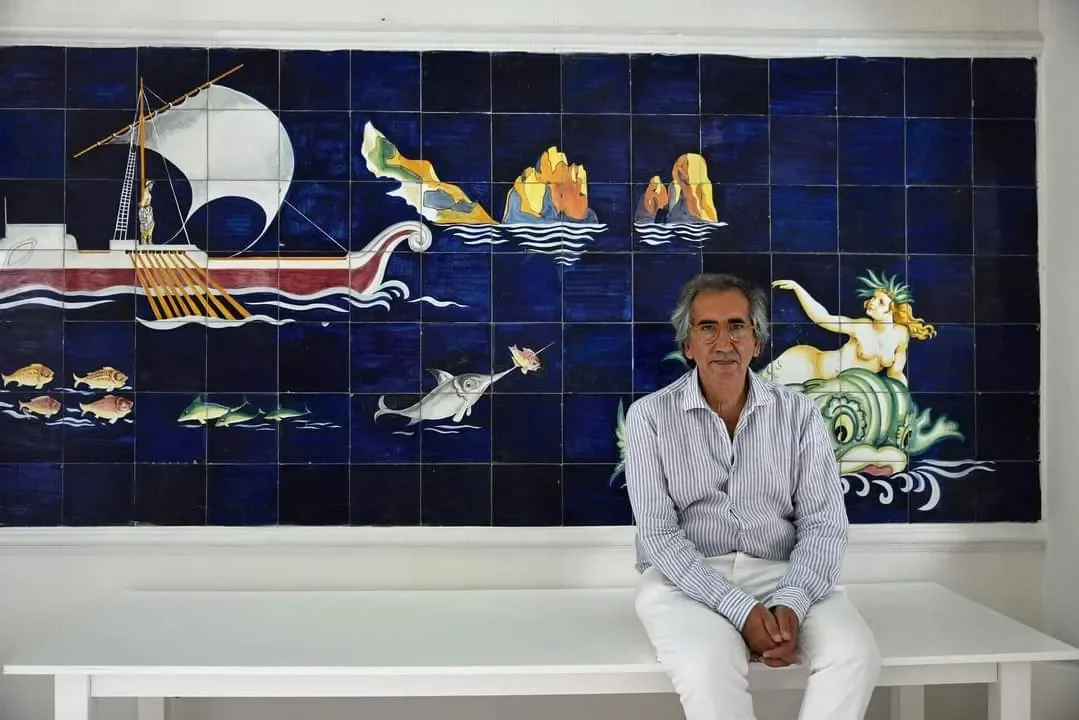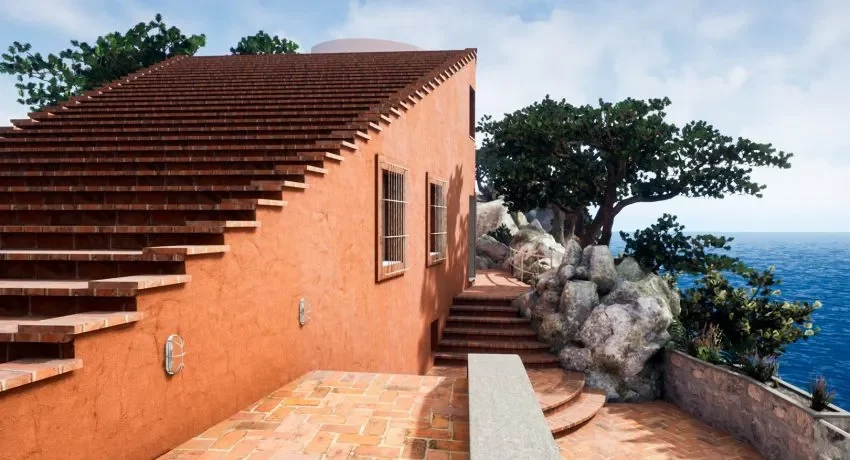Tiberius was the second Roman emperor who chose to stay in Capri where he built 12 villas including the one he preferred because it was built on one of the highest promontories of the island at 334 meters above sea level called Villa Jovis.
The chronicles of the time tell of a ruler not particularly loved by the people of the Urbe, who because of a great sorrow due to the death of a son and tired of political disagreements chose to retire, in the last years of his life, on the island of Capri, in 27 A.D.
Tiberius was a rather controversial figure. Some historians describe him with a depraved personality and so brutal to give life to the legend that he is dedicated to throw, from the famous Jump of Tiberius, Slaves and enemies who even if they survived the ruinous fall then found death at the hands of sailors who on boats below the cliff beat the wretched with oars or tore them apart by harpooning them with hooks. Others, instead, according to the writer, more enlightened, report of a silent man and lover of solitude dedicated to long walks on the hill where Villa Jovis stood, with his gaze lost in the splendid panorama of the sea and the Neapolitan coast.
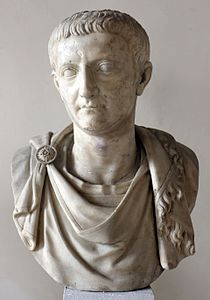
During the long years that Tiberio spent in Capri he never failed to take care of the government of his Empire by transferring to the island some of the most important state offices and his trusted men. And for this need he made to expand the capacity of Villa Jovis already used half as a fortress, adding several accommodations and also tanks for the recovery of rainwater.
In the last years of his life, Tiberius tried to return to Rome at various times, giving up every time except for the last time when, although in poor health, he managed to reach a few miles from the city, But upset by a negative omen he decided to go back. During the return journey he had to stop in Miseno waiting for the fury of the sea to calm down so that he could embark for Capri, but the worsening of his health led him to death on 16 March 37 A.D. Although, chronicles of the time tell of an unexpected
Of the life of Tiberio in Capri remain several testimonies among which the most evident are represented by the well visible ruins of three of his grand houses: the aforementioned Villa Jovis, Villa Damecuta and Palazzo a Mare and some traces of the time have also been found in the famous Blue Grotto that seems to be connected to one of the many villas of the emperor through a secret passage and that he used it as a marine nymphaeum and private pool.
However the events have gone, the figure of the emperor Tiberius will remain forever linked to Capri and will be fully counted among those who with their history and strong personality have contributed to increase the myth of the Blue Island.
Photos – web source

